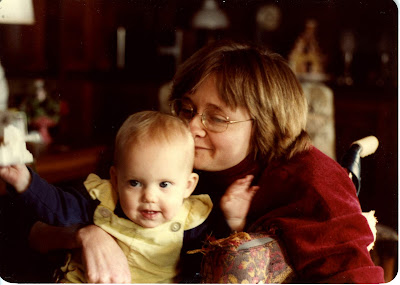Good thing I don't have to bike before the Boston Marathon!
 | ||
| Working hard, going nowhere |
 |
| Running in circles |
More relevant to marathon preparation, I ran 39 miles last week as follows:
Tuesday - 7 miles on the track with TRIbe
warm up, drills, strides
2 x 400m (pacing), 2 mile time trial!
cool down, lunges/squats, core
Thursday - 7 miles on trails (Baylands)
Friday - 3 easy miles on trails (Baylands)
Saturday - 6 miles on the track with TRIbe
Sunday - 16 miles in the rain (Los Gatos Creek Trail)
Garmin data from Sunday is here. Too bad my watch doesn't record total rainfall! Or water accumulated in my shoes. There probably is a Garmin device that does that.
 |
| Soggy post-run self-portrait |
Fundraising update:
In the month of January, we raised $2,005 for FARA! Woo hoo!
And last week I received the first anonymous donation. Since I can't send him/her a proper thank you note, I'll give a big blog THANK YOU to anonymous! I really appreciate the generous contribution. And thank you to everyone out there for reading the blog, or making a donation to FARA, or both! Your support is amazing and inspiring.
























